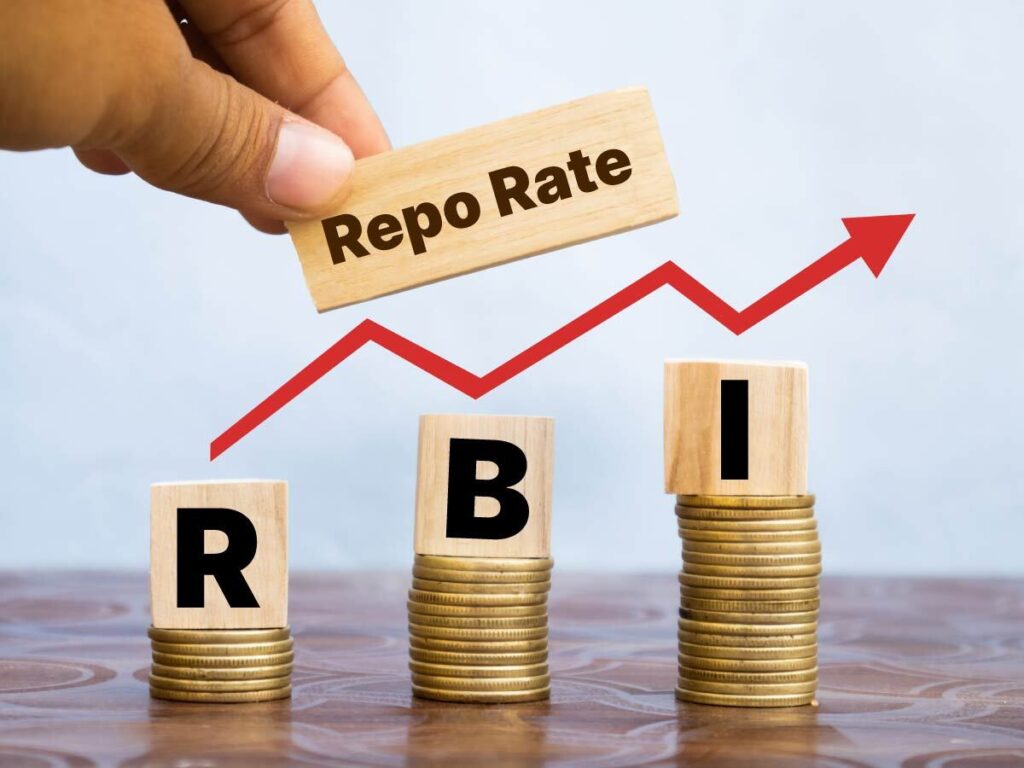PM JANMAN is a government scheme that aims to bring tribal communities into the mainstream. The scheme (comprising Central Sector and Centrally Sponsored Schemes) will be implemented by the Ministry of Tribal Affairs, in collaboration with the State governments and the PVTG communities. The scheme will concentrate on 11 critical interventions overseen by 9 line Ministries, ensuring the implementation of existing schemes in villages inhabited by PVTGs. It encompasses various sectors, including safe housing under the PM-AWAS Scheme, access to clean drinking water, improved healthcare, education, nutrition, road and telecommunications connectivity, as well as opportunities for sustainable livelihoods. The plan also includes the establishment of Van Dhan Vikas Kendras for trading in forest produce, off-grid solar power systems for 1 lakh households, and solar street lights. The scheme is expected to enhance the quality of life and well-being of the PVTGs, by addressing their multiple and intersecting forms of discrimination and exclusion, and by recognizing and valuing their unique and valuable contribution to national and global development.. About Jan Yojana Abhiyan It is themed as ‘Sabki Yojana Sabka Vikas’, launched for preparation of Gram Panchayat Development Plans (GPDPs) for 2025–26.As part of this campaign, special Gram Sabhas are being organized in over 2.55 lakh Gram Panchayats.Aim: Strengthening grassroots democracy and promotinginclusive development in Grameen Bharat.Significance: Empower rural citizens to take an active role inshaping the future of their villages. Challenges in Implementation Lack of current data on PVTGs is a significant challenge, as the last available census data for PVTGs is from 2001, which counted a total of around 27.6 lakh individuals belonging to these communities. The Ministry of Tribal Affairs has started conducting baseline surveys, but an accurate and current dataset of PVTG populations is yet to be compiled. The population data submitted to the Parliamentary Standing Committee on Social Justice and Empowerment in 2022 was based on the 2011 Census and did not include the population of PVTGs in Maharashtra, Manipur, and Rajasthan. The lack of current data hampers the accurate assessment of the needs and progress of PVTG communities. The absence of a specific Census for PVTG communities, as recommended by the National Advisory Council in 2013, further adds to the challenge of gathering comprehensive information on their education, health, and housing status. The complexity and diversity of the needs and capacities of the PVTGs across different regions and states and the need for customized and flexible approaches and interventions. The stigma and discrimination faced by the PVTGs in mainstream society and the state and the need for sensitization and awareness among the stakeholders and the public. The coordination and convergence of the scheme with the existing schemes and programmes of the central and state governments and the need for effective and efficient delivery and utilization of the resources and services. Who are Particularly Vulnerable Tribal Groups (PVTGs)? In 1973, the Dhebar Commission established Primitive Tribal Groups (PTGs) as a distinct category, encompassing tribal communities characterized by a declining or stagnant population, the use of pre-agrarian technology, economic backwardness, and low literacy. These groups are identified as less developed among the tribal communities. In 2006, the Government of India renamed the PTGs as PVTGs. They reside in remote and inaccessible areas, facing challenges due to poor infrastructure and administrative support. There are 75 PVTG communities spread across 18 States and Union Territories in India. Odisha has the highest number of PVTGs (15), followed by Andhra Pradesh (12), Bihar and Jharkhand (9), Madhya Pradesh and Chhattisgarh (7), Tamil Nadu (6), and Kerala and Gujarat (5 each). The rest of the communities are spread across Maharashtra, West Bengal, Karnataka, Uttarakhand, Rajasthan, Tripura, and Manipur. All four tribal groups in the Andaman and one in the Nicobar Islands are recognized as PVTGs. FAQs Who can participate in the Jan Yojana Abhiyan? All Indian citizens, especially those from underprivileged or rural backgrounds, are encouraged to participate. The Abhiyan focuses on spreading information and benefits to individuals who may not be aware of available government schemes. What are the key focus areas of Jan Yojana Abhiyan? The Abhiyan covers a range of sectors, including health, education, financial inclusion, agriculture, and women empowerment. It aims to ensure access to benefits from flagship schemes like the Pradhan Mantri Jan Dhan Yojana, Ayushman Bharat, and other social welfare




